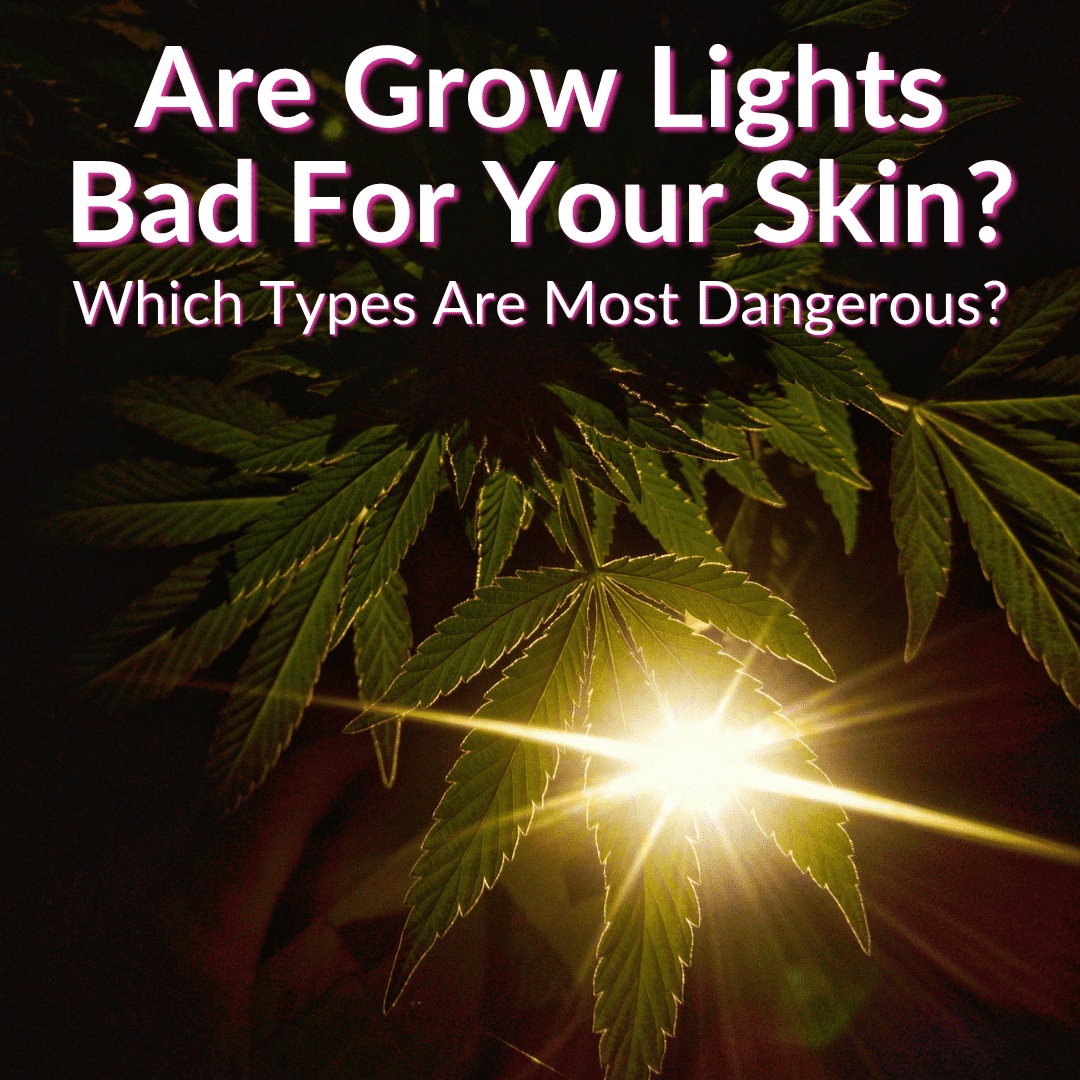
The best LED grow lights on the market these days have a light spectrum that is similar to the sun.
And most other types of grow lights have always had a spectrum closer to sunlight than those blurple LEDs.
Does that mean that these lights can do the same type of damage as the sun?
Are grow lights bad for your skin in the same way as sunlight is?
Keep reading to find out. We will cover everything you need to know and also sort all the common types of grow lights in order from the most dangerous to the least.
Contents
Are Grow Lights Bad For Your Skin?
Some grow lights can be bad for your skin, but this is not something the average grower needs to worry about. Being outside in the sun presents far more danger than any grow light.
Sure, prolonged long-term exposure to certain grow lights can harm your skin, but some exposure in small amounts to most modern grow lights is harmless.
The reason grow lights have the potential to damage our skin is the same reason the sun does damage: ultraviolet light.
Most grow lights emit at least some UV radiation. But only some emit enough that it could become a problem. And even those are only dangerous if you spend a lot of time under them.
The reason there is talk in the cannabis community about the danger of skin damage from grow lights is that there have been some cases where people have damaged their skin by spending too much time under high-powered grow lights that emit significant UV radiation.
It is a real danger to be aware of. But if you are just a little bit careful, you should not have to alter your routine to avoid damaging your skin. As mentioned, the culprit is UV light, so let’s look into that.
UV Light
The sun gives off ultraviolet light and so do many grow light fixtures. Some UV radiation is normal and required for us to survive on earth. For example, UV light helps our bodies produce vitamin D, which is a critical vitamin for survival.
We wear sunblock when we are out at the beach or hiking and camping to help protect our skin from UV radiation from the sun, though some radiation still makes it through our slimy lotion barrier.
The truth is, UV light is critical for most living things on earth. In moderation of course. But I am not telling you to avoid it altogether, just because I am going to tell you to avoid it in certain cases!
As mentioned not all grow lights emit UV radiation. And among the ones that do, some emit far more than other. Let’s find out which types of grow lights are the most dangerous.
Grow Lights That Are The Most Harmful To Our Skin
We will begin with the grow light type that emits the most UV radiation and is thus the most harmful to our skin.
Halogen Lights
Halogen lamps can give off the most UV light and are technically the most dangerous to your skin. Most hobby and small growers don’t use halogen lamps anyway, due to the high operating temperature.
But some larger operations use them. In large indoor hangar-style grow houses the ceiling is high enough to use halogen lamps, as long as there is ample cooling and airflow.
However, there are less expensive and more efficient fixtures to do the job these days. There is no good reason to use halogen lamps anymore. Nevertheless, there are some old-school growers still using halogen lamps, but they are a dying breed (you see what I did there?)
HPS Lights
High-pressure sodium lamps also produce UV light. Just like halogen lamps, HPS bulbs get very hot during operation. HPS lamps are not as popular as they once were, for a number of reasons.
The heat problem is one reason. The other big one is the spectrum. It is a good spectrum for flowering, but there are better ones. And it is not as good for vegging. These bulbs also harm the environment, because they contain mercury. You should avoid long-term exposure to high-powered HPS lamps, if you are concerned about skin damage.
Incandescent Lights
Incandescent lamps also emit low levels of UV radiation. How much UV light a certain incandescent fixture produces depends on the wattage and size of the bulb.
In the context of grow light fixtures, it would take a handful of very bright incandescent fixtures over a long period of time to cause serious damage to your skin.
The low-level UV emissions from incandescent lamps are one of the best reasons to use them for growing lights. But it is also one of the only reasons. These bulbs are very inefficient. Many beginning growers use them for early-stage growth and temperature regulation for seeds, but there are better options. Like the next type.
Fluorescent Lights
Fluorescent lamps also emit UV radiation, but it is a small amount. It would take lots of repeated exposure to do any damage to your skin. Think about it. Many people work in offices and spend a great deal of time under such light fixtures.
That said, if you are around many high-powered fluorescent fixtures at the same time that are all producing a high output of light, it wouldn’t hurt to take precautions.
It is always best to be careful around high-output lighting, just in case it is producing more UV radiation than you think. But I doubt any grow operation that needs so many powerful fluorescents to do damage would use this type of lighting in the first place. It simply is not efficient enough for a large-scale operation.
LED Grow Lights
There is some controversy about LED fixtures and UV radiation. There is a common misconception that this type of light does not produce any UV radiation. This is not true.
Although the amount of UV produced is miniscule, it is still ultraviolet radiation. Of all the popular types of grow lamps, LED is the least likely to emit high doses of UV light, and therefore they are the safest on the skin.
This is not a hard and fast rule, however. There will always be exceptions. For example, If you have 50 very bright LED fixtures and 5 dim fluorescent fixtures, the LED set would probably emit more UV.
Plus, many LED manufacturers add diodes to their fixtures that specifically emit UV light. Small amounts of UV is good for plants, so many growers look for fixtures with added UV light.
Nevertheless, as a general rule, it is safe to say that LED fixtures are the least damaging to the skin when compared to the other popular types of grow lights. You could theoretically even use a grow light that emits UVB to get vitamin D or a tan. But don’t. There are better ways to get both.
Are LED Grow Lights Bad For Your Skin?
Are LED grow lights harmful to humans, primarily our skin and eyes, in the same way as other types? Any grow light will present some level of danger to humans, whether it is your skin or eyes you are concerned about.
But if you are looking for the safest type of grow light fixture on average, you should go with LED grow lights. They are less harmful than most other types.
If you want to minimize the chances of any harm, make sure it is an LED fixture that does not have any UV diodes. As mentioned above, LED fixtures are the safest in general, but any type of grow light is perfectly safe, if you limit your exposure time and frequency.
You can also take measures to protect yourself, like covering up your skin and eyes when you are working under the lights.
And don’t look directly into the lights. Are LED grow lights bad for your eyes, then? Any type of bright light is bad for your eyes, if you stare directly into it.
How Much Exposure Does It Take For Skin Damage To Occur?
Unfortunately, there are no easy-to-find studies that measure how much exposure to UV light from grow light fixtures is needed to cause skin cancer. Or even just sunburn.
It is different for each person, depending on many factors, like the color of your skin, genetics, how much exposure you get to UV light in your daily life (from the sun or tanning beds, for example) and on and on.
The only way to be sure you are safe is to follow some basic common-sense guidelines when working under very bright grow lights that emit UV radiation. They are basically the same precautions you should take when working under the sun (which is more dangerous to your skin than any grow light, bt the way).
Tips to Avoid Skin Damage When Working Under Grow Lights
- Wear long sleeve shirts
- Wear UV-blocking clothing
- Wear hats to protect your scalp and nose
- Use sunblock on your exposed skin when possible
- Avoid unnecessary exposure to the grow lights
Basically, if you prepare yourself as if you are going to spend a day at the sunny beach before you head into a grow room situation, you will be safe from any possible UV skin damage from grow lights. Yes, it is a bit overkill, but if you want to be extra safe, this is how to do it.
And if you are worried about your LED grow lights being safe for pets, there is no need. They are naturally covered (unless you have a hairless pet) and they have enough sense not to stare into bright lights. That said, it is still best to keep your pets out of your grow room, since they can be a bit destructive at times (especially curious cats)
Grow Lights And Skin Damage: Final Thoughts
Home growers with a few grow lights have nothing to worry about here, unless you sleep in your grow tent. Especially if you use LED grow lights, as most growers do these days.
But if you work in a large grow room with hundreds of lights, and those lights emit UV radiation, then you may want to take precautions. That said, no grow light emits more UV than the sun.
This means that you simply have to take the same precautions as you would if you were working in the sun all day. That is far more than you need, but by doing that much, you can be certain you will not suffer any skin damage as a result of your grow lights.
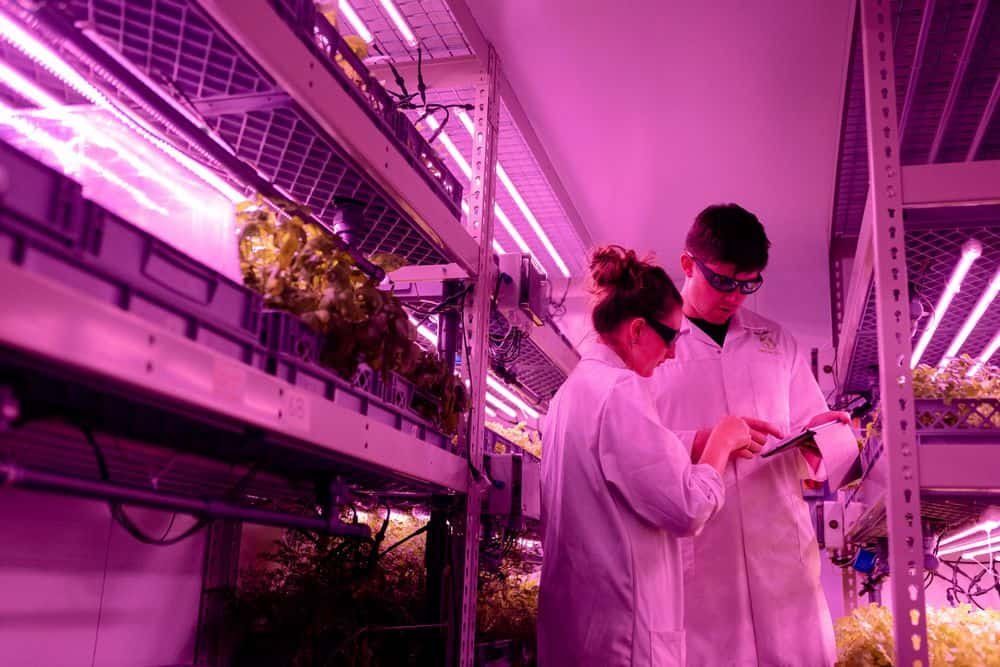
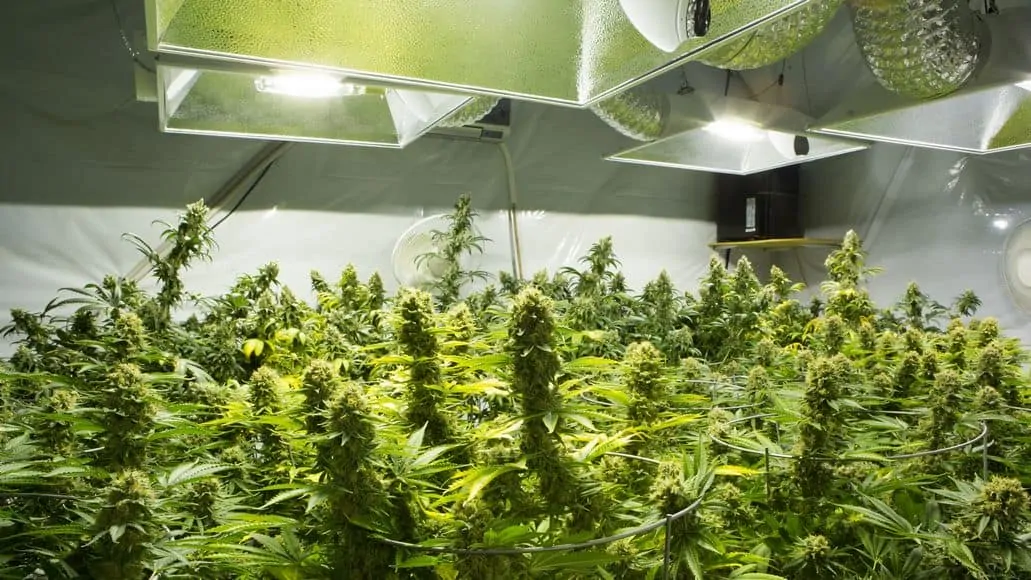
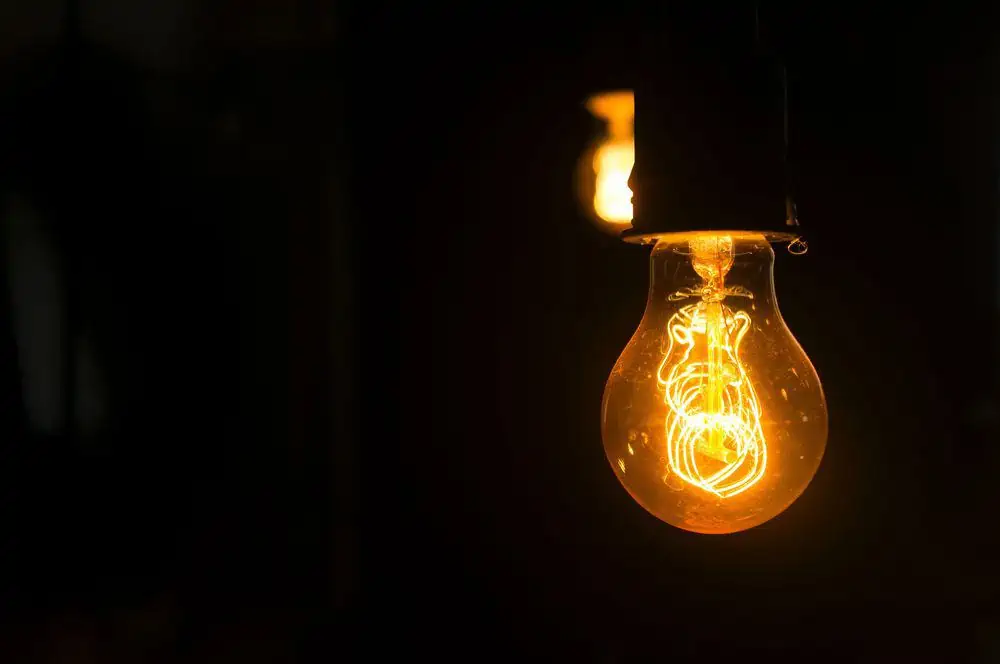
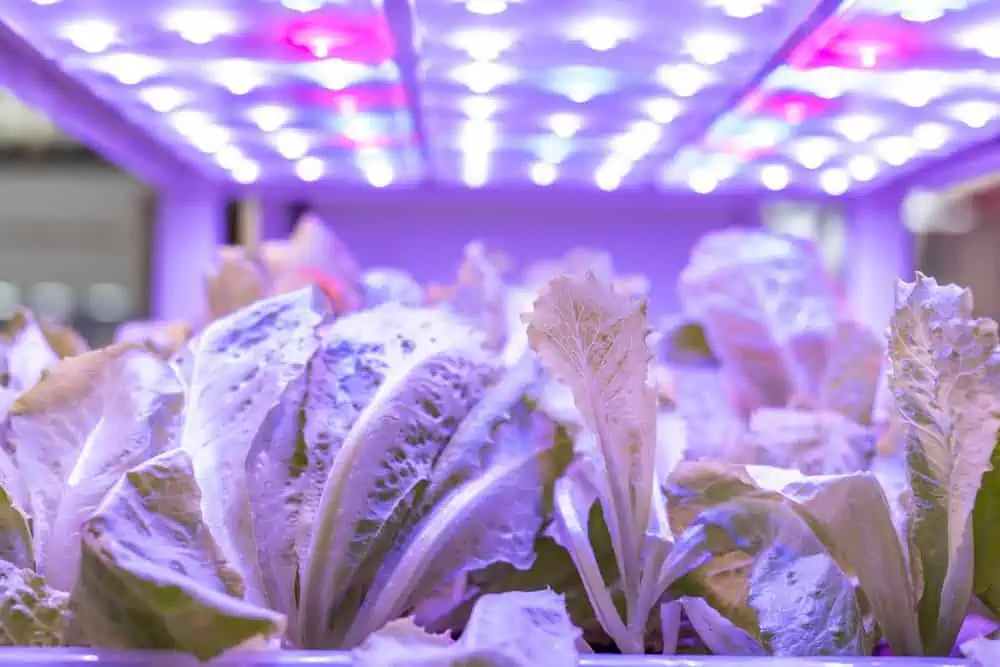
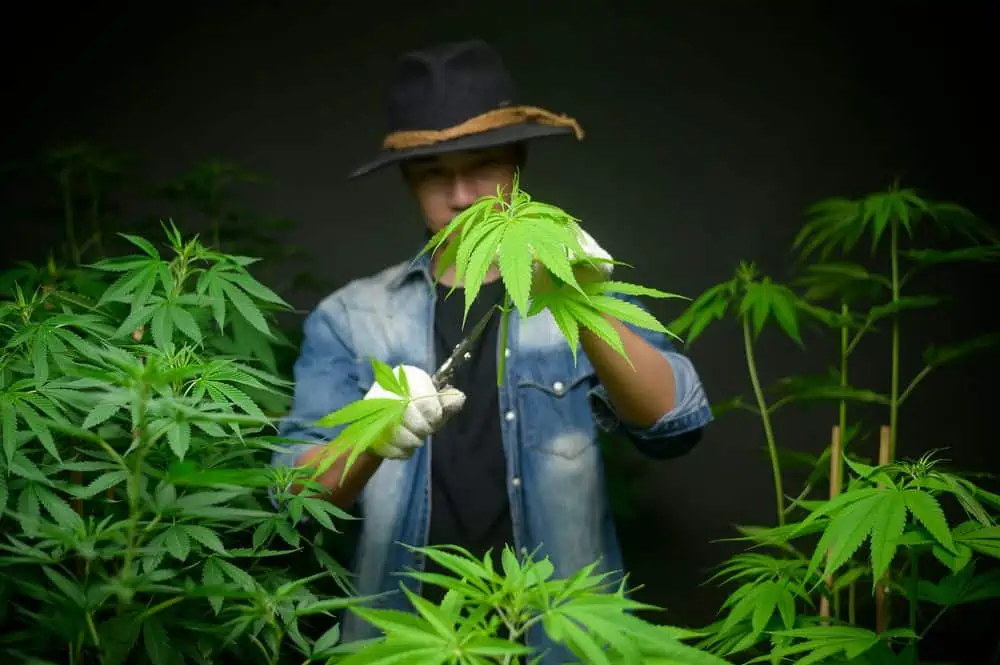
Leave a Reply